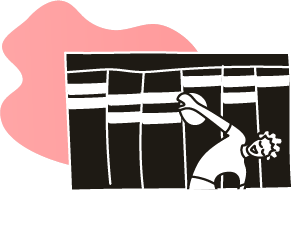Title of the resource
Title of the resource in english
Publisher
EDSITEment USA
Original language
Target and Age Group
Grades 9-12, 15-18 years old
Link to resource
Accessed on 17 June, 2020
Author of the Entry:
Ayelet Peer, Bar- Ilan University, ayelet.peer@biu.ac.il
Peer-reviewer of the Entry:
Lisa Maurice, Bar-Ilan University, lisa.maurice@biu.ac.il
Second Peer-reviewer of the Entry:
Elizabeth Hale, University of New England, ehale@une.edu.au
EDSITEment
EDSITEment is a partnership between the National Endowment for the Humanities and the National Trust for the Humanities.
The website offers materials for various disciplines such as literature and language arts, foreign languages, art and culture, and history and social studies
Contents & Purpose
This lessons’ unit focus on Ovid’s magnum opus, the Metamorphoses and how it can be compared to other stories, from the Bible to modern prose and poetry.
The curriculum provides a brief background on Ovid and three lessons:
Lesson 1: The Metamorphoses and Genesis: A Comparison of Creation-Flood Stories
Lesson 2: The Metamorphoses and Modern Poetry: A Comparison of Mythic Characters
Lesson 3: “The Metamorphoses” and Later Works of Art: A Comparison of Mythic Imagery
Further comments
These lessons focus on comparative literature. They compare the myths narrated by Ovid to various stories, from the book of Genesis to a twentieth-century poem. The purpose is to show the universal appeal of the myths and how certain elements and stories can be found in different cultures (for example, the flood story).
By discussing these comparisons the significance of myths as cultural landmarks is accentuated and understood as well as their later influence. The myths discuss universal human emotions. Therefore, students discover the strong connection between the ancient past and other periods in European history, such as the Middle Ages, the Renaissance and modern times.


